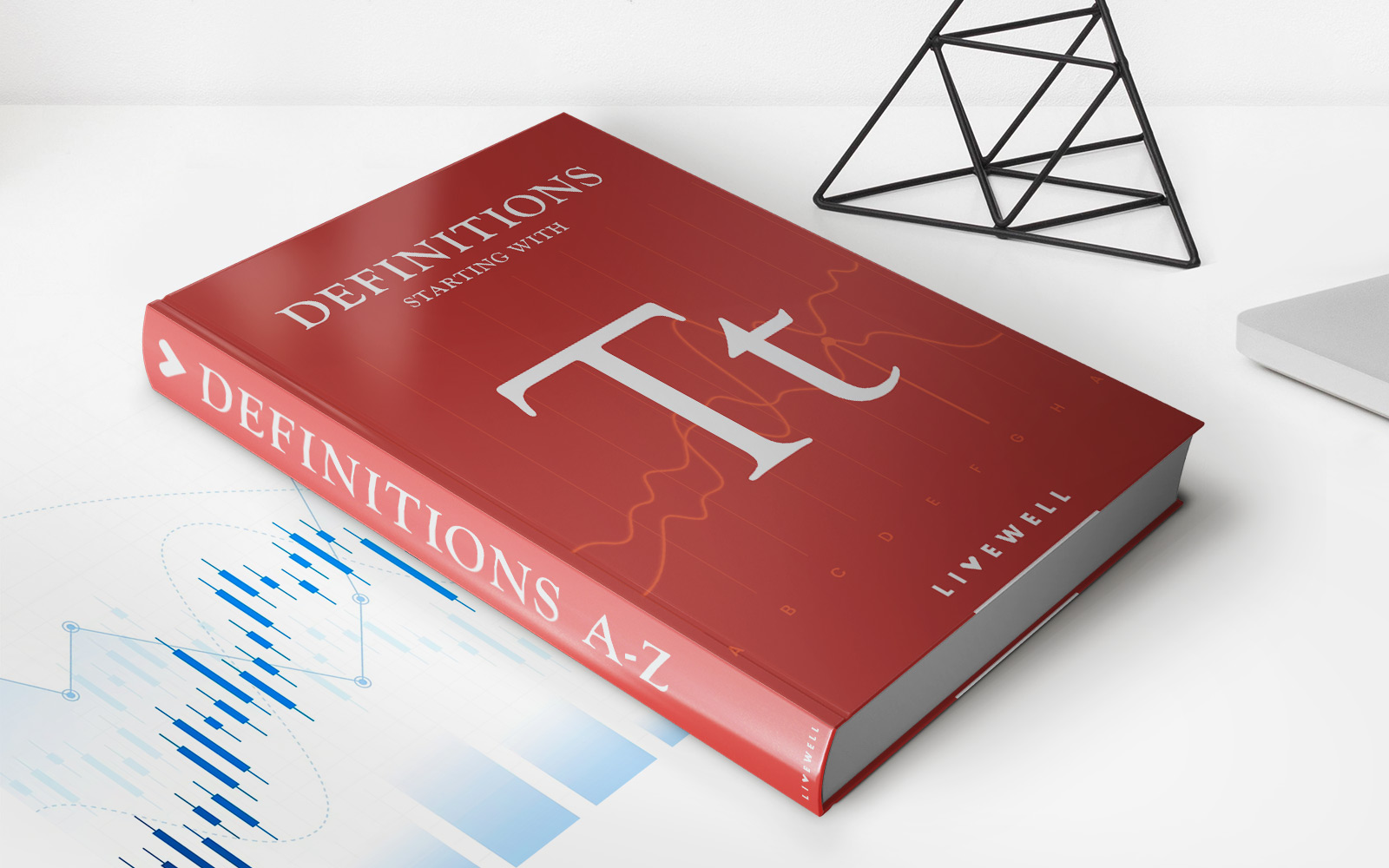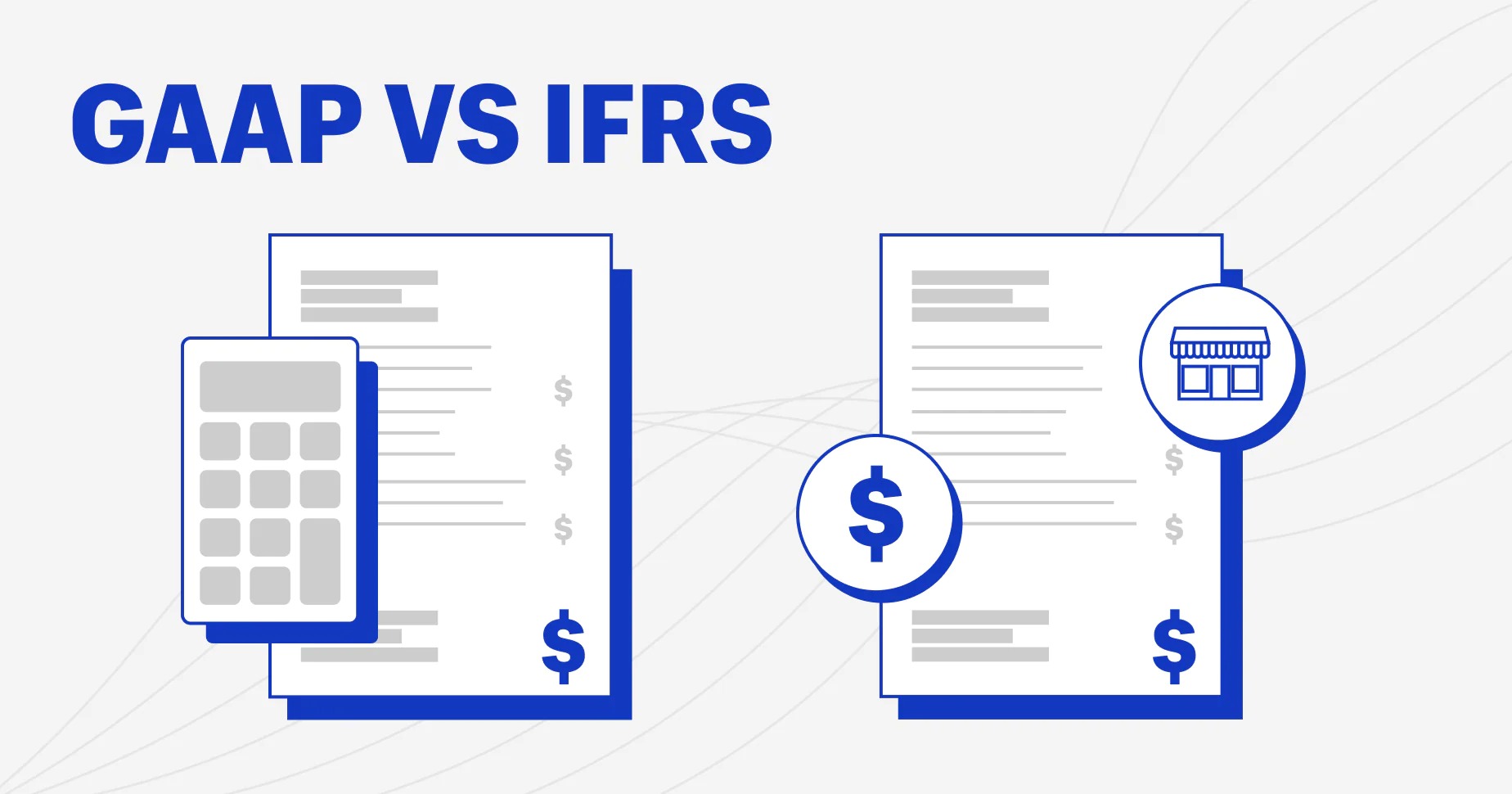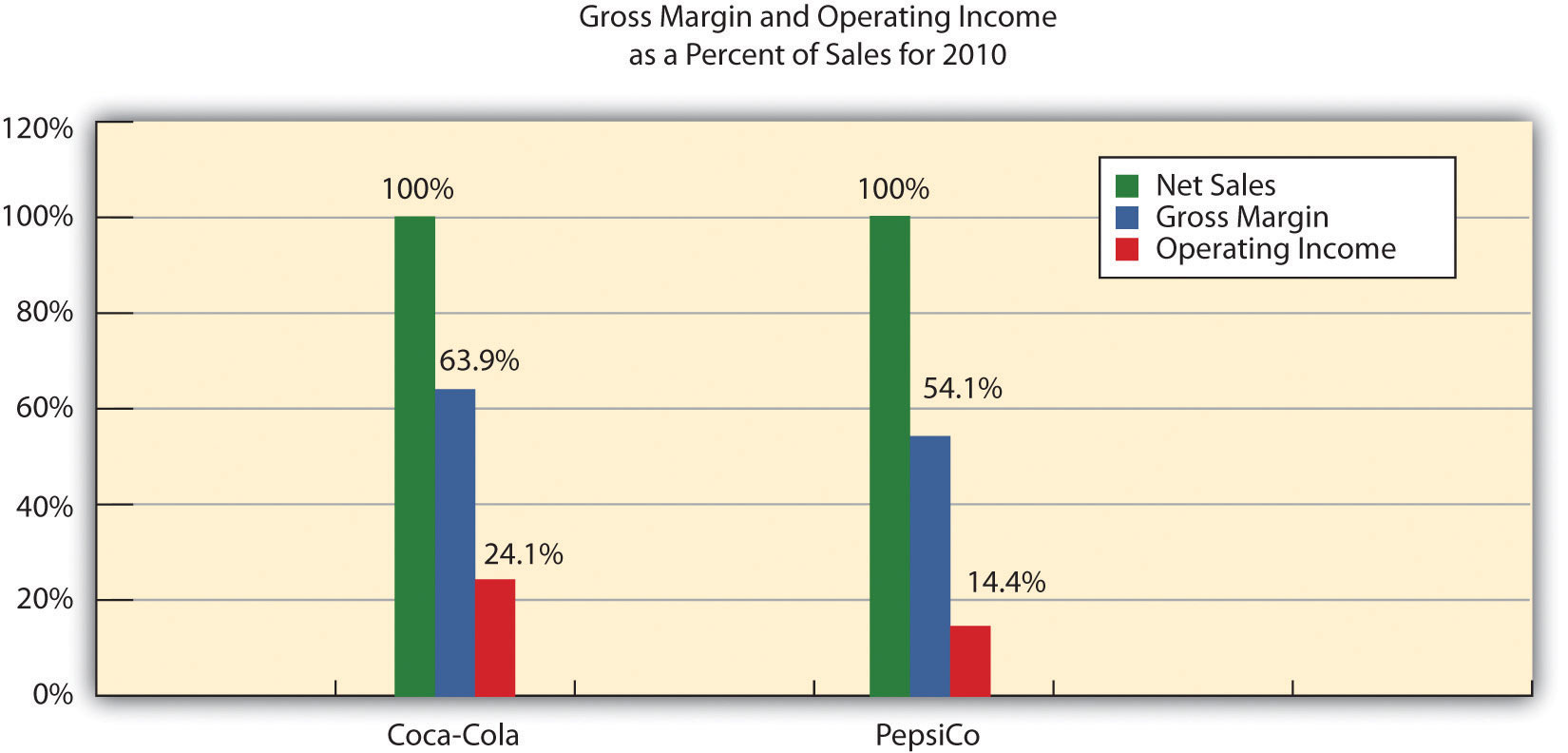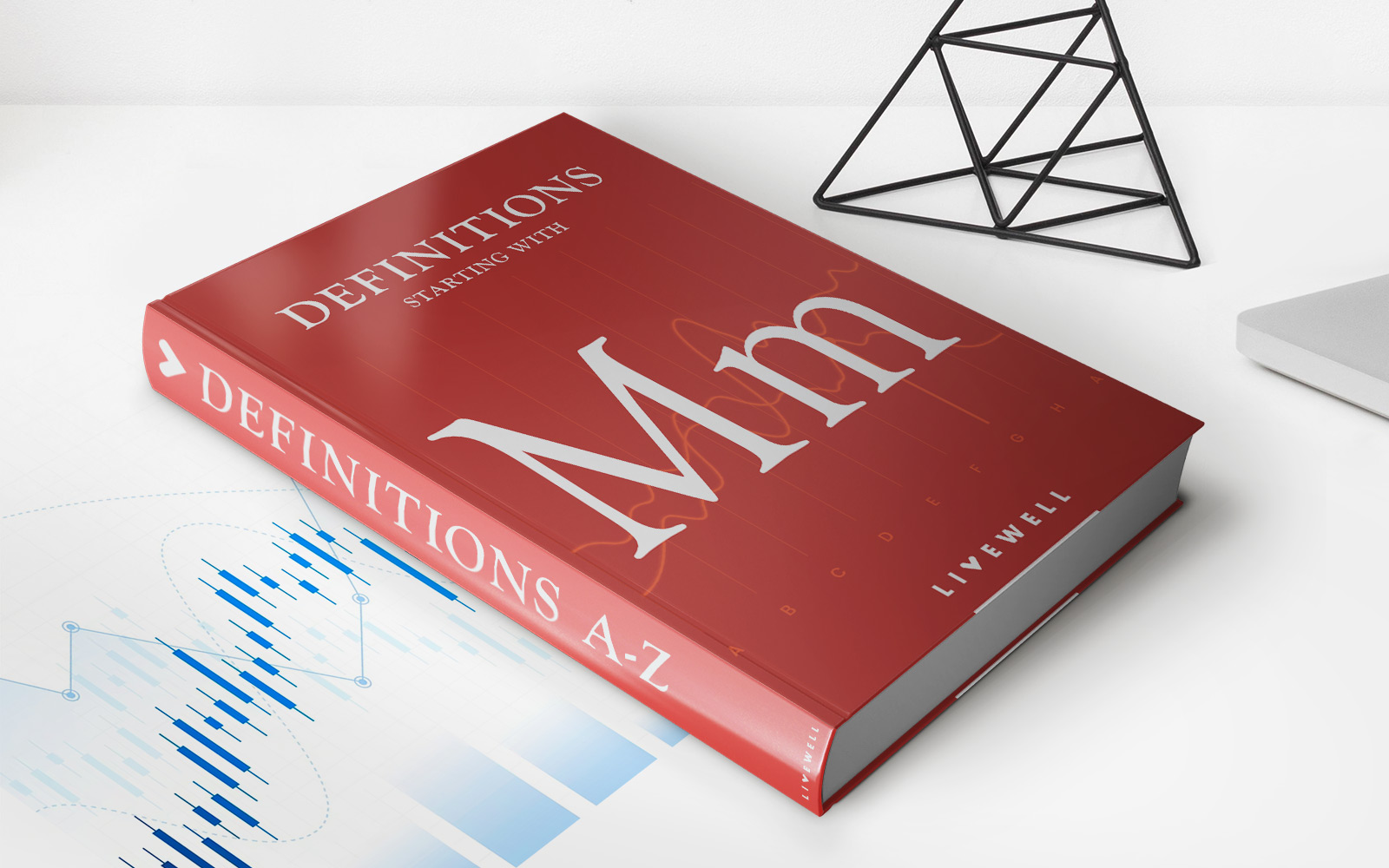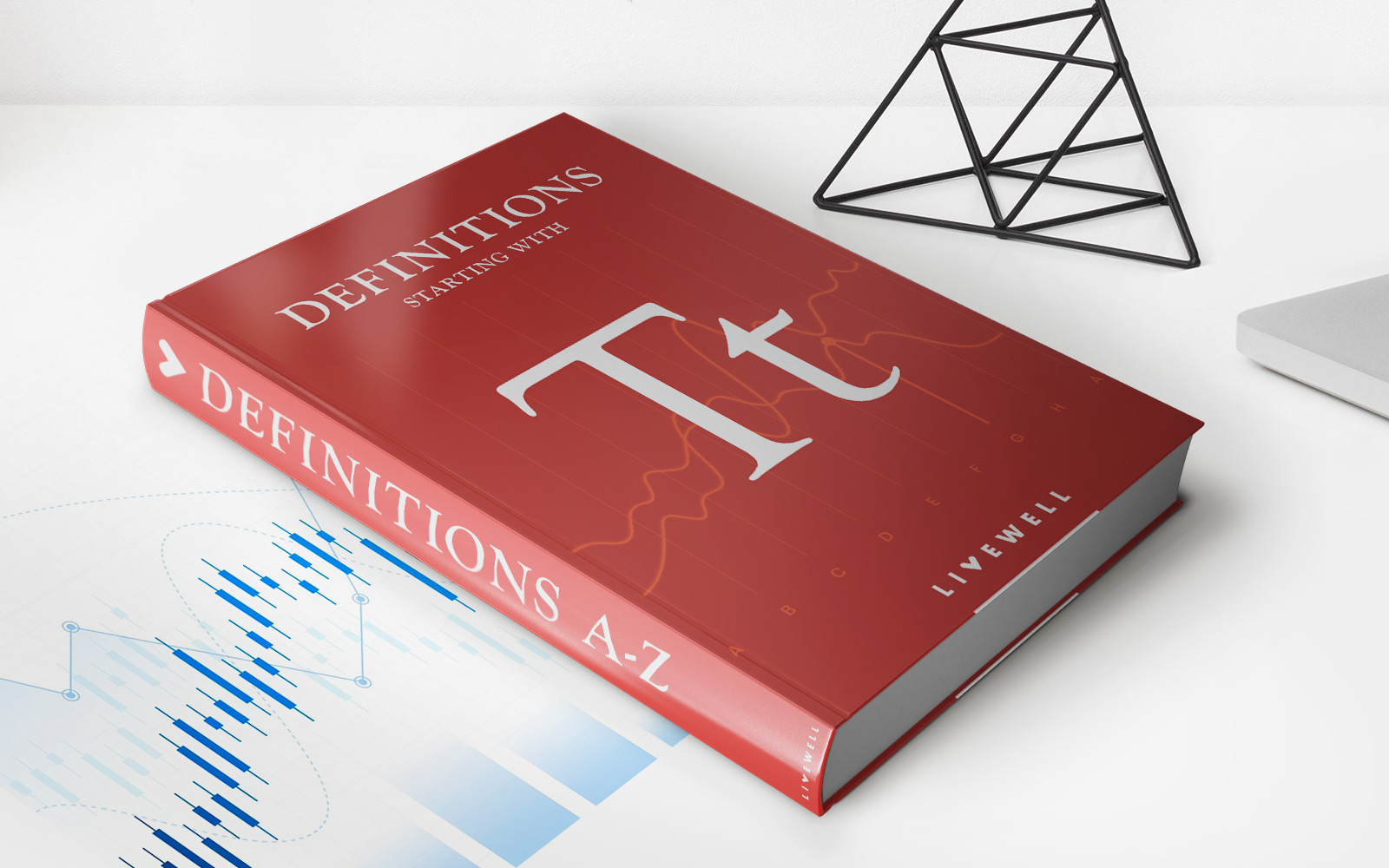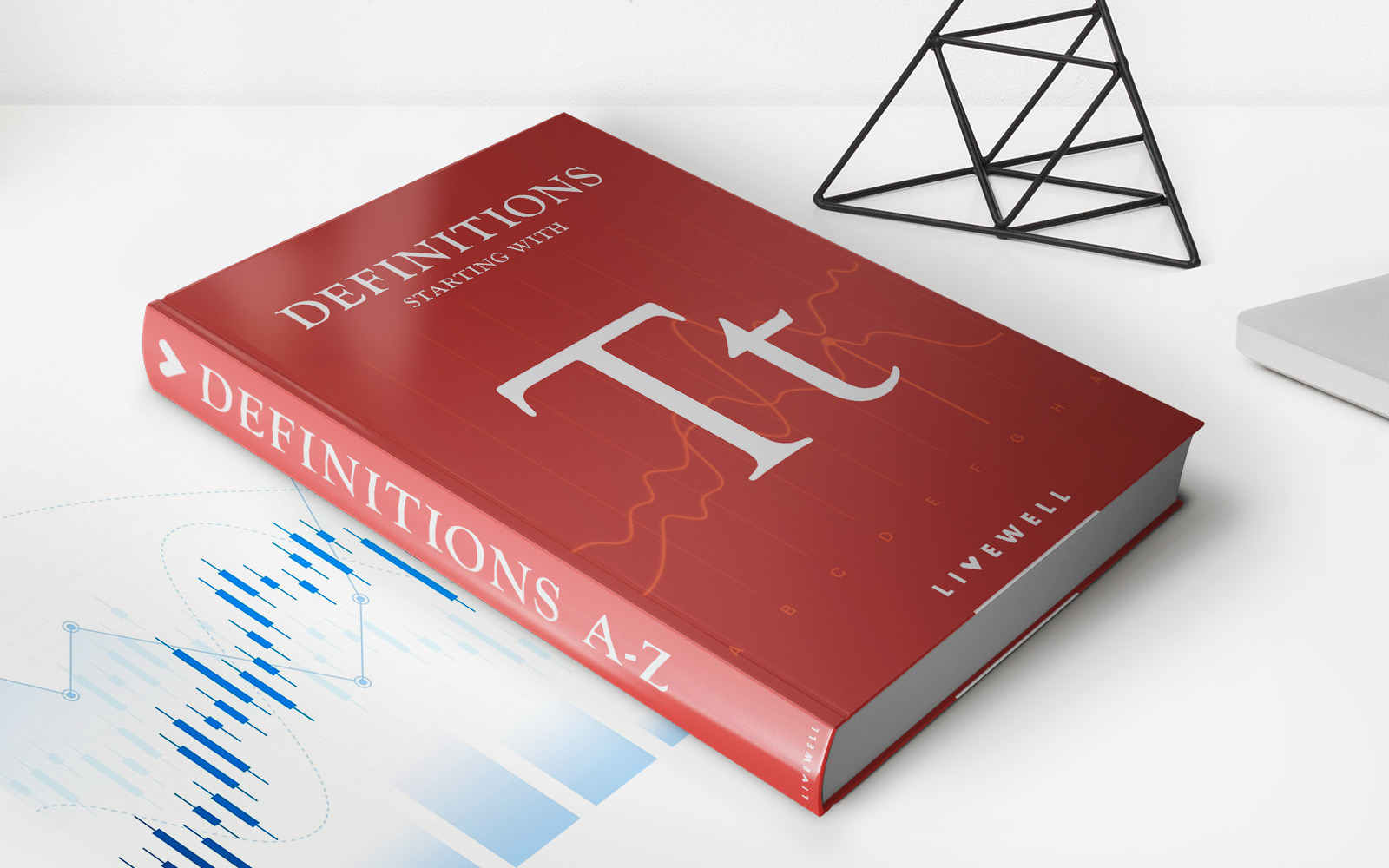Home>Finance>Scrip: Definition, Types, Common Examples, And Uses


Finance
Scrip: Definition, Types, Common Examples, And Uses
Published: January 23, 2024
Learn the basics of finance with our comprehensive guide on scrip, including its definition, types, common examples, and various uses.
(Many of the links in this article redirect to a specific reviewed product. Your purchase of these products through affiliate links helps to generate commission for LiveWell, at no extra cost. Learn more)
Scrip: An Introduction
Have you ever come across the term “scrip” and wondered what it actually means? Well, you’ve come to the right place. In the world of finance, scrip refers to a form of substitute currency or substitute for actual currency. It is often used when actual currency is scarce or unavailable, but it can also serve other purposes. In this article, we will delve into the definition of scrip, explore its types, provide some common examples, and discuss its various uses. So, let’s dive in!
Key Takeaways:
- Scrip is a form of substitute currency or substitute for actual currency.
- It is commonly used when actual currency is scarce or unavailable.
What is Scrip?
Scrip can take different forms, such as paper vouchers, electronic credits, or tokens, and it can be used as a medium of exchange or a store of value. The value of scrip is often backed by a legitimate organization or company, but it should be noted that it is not legal tender. While traditional currency issued by a government is universally accepted, scrip tends to be limited to specific locations or establishments.
Scrip can be issued by various entities, including companies, governments, or even local communities. It can be used within these specific entities to purchase goods or services or as a temporary substitute for actual money. In some cases, scrip can be redeemable for actual currency or converted into other tangible assets.
Types of Scrip
Scrip comes in different types, each with its own purpose and usage. Here are some common types:
- Company Scrip: Company scrip is often issued by specific companies to be used within their own establishments. It is a form of non-monetary compensation that can be used by employees to purchase goods or services from the company itself.
- Government Scrip: Government scrip is used by governments during times of economic crisis or scarcity of standard currency. It serves as a temporary substitute for actual money, enabling the government to maintain economic stability.
- Community Scrip: Community scrip, also known as local currency, is issued by local communities to stimulate local economic activity. It encourages residents to shop within their community and support local businesses.
- Trading Scrip: Trading scrip is used in situations where actual currency may not be readily available, such as in prisons or military bases. It allows individuals within these environments to conduct transactions without physical money.
Common Examples of Scrip
Now that we have explored the types of scrip, let’s take a look at some common examples:
- Gift Cards: Gift cards issued by various retailers can be considered a form of company scrip. They allow the recipient to purchase items from the specific retailer that issued the gift card.
- Local Currencies: Many local communities have implemented their own currency to support local businesses. Examples include the Bristol Pound in the UK and the BerkShares in Massachusetts.
- Coupons and Vouchers: Coupons or vouchers that provide discounts or special offers at specific establishments can be seen as a form of scrip.
Uses of Scrip
Scrip serves various purposes depending on the context in which it is used. Some common uses include:
- Stimulating Local Economies: Community scrip or local currencies encourage residents to shop locally, boosting the local economy and supporting small businesses.
- Employee Benefits: Company scrip can be used as an additional benefit for employees, allowing them to purchase goods or services within the company.
- Emergency Currency: During times of economic crisis or scarcity of currency, governments issue scrip as a temporary substitute to ensure economic stability.
- Facilitating Transactions: Scrip can be used in environments where physical money is not readily available, such as prisons or military bases.
Conclusion
Scrip is a fascinating concept in the world of finance. Whether it’s acting as a substitute currency during times of scarcity or serving as an employee benefit, scrip plays a significant role in different contexts. From company scrip to government scrip and local community currencies, the versatility of scrip is evident. Now that you have a better understanding of what scrip is, its types, examples, and uses, keep an eye out for this unique form of currency in your daily life!
